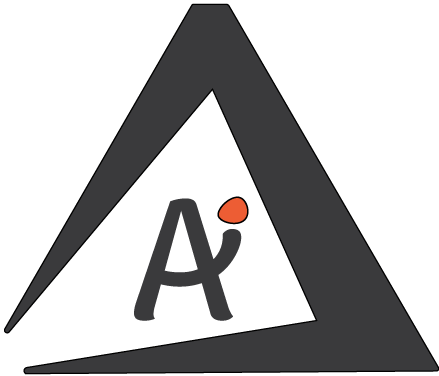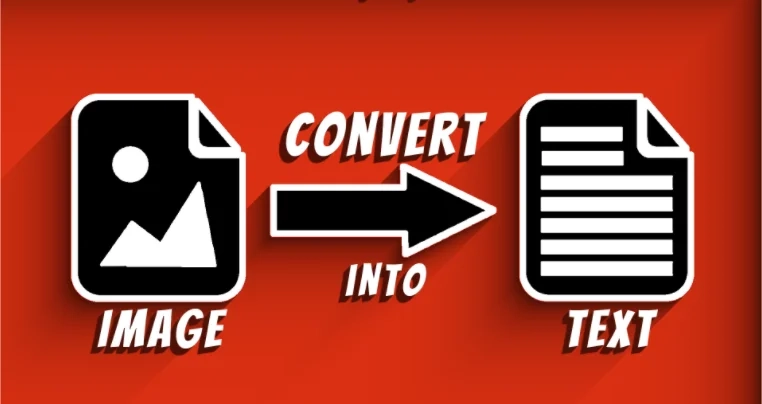OCR, or optical character recognition, is a revolutionary technology that allows computers to convert images into text. When we say image-to-text conversion, we really mean text extraction.
Computers cannot see images the same we humans do. So they cannot realize that there is text inside an image. OCR, however, enables them to do just that. As a result, we have image-to-text conversion tools that can extract text from images.
This has a lot of applications, as you can probably guess. Today, we are going to check out how image-to-text conversion can help students.
Use Cases of Image-to-Text for Students

Given below are various cases of Use for students for Image-to-text converters. The fact that these use cases exist is an advantage in and of itself. That’s why don’t be alarmed by the difference in the sub-heading. Essentially, we are still discussing the benefits of OCR for students.
- Taking Notes More Effectively
For students in grades higher than middle school, taking notes of lectures is an essential skill. Without this skill, it is very difficult for students to prepare their own study materials and as such, it results in poor knowledge retainment.
The problem is that the higher your education level goes, the harder it becomes to take comprehensive notes during the limited lecture hours. This adds extra pressure on students as they have to divert their mental resources to both understanding the lecture and noting it down.
With OCR, students can direct their complete focus toward understanding the lecture. All they need to do is take a picture of the lecture slides and the supplementary content written on the board. Then, they can use an image to text converter to extract the text from images and use it to create their notes after the lecture.
Another way this technology can be used to take notes more efficiently is to take pictures of your friend’s/classmate’s notes. Then, use their notes as a starting point to create your own.
- Enables Digital Organization
One overlooked advantage of image-to-text conversion is that students can organize their notes and files digitally. This means that they no longer have to keep track of thick notebooks and what content is in each book.
If all their notes are digital, they can simply use their computer’s search function to find the notes with all the relevant data in a matter of seconds. They can rename their notes and organize them into folders according to each subject. The notes can be named such that they include their date and lecture number.
Most modern operating systems allow you to search within text files for specific words. So that students can locate all notes pertaining to a certain topic.
Using cloud platforms to save their notes, students can ensure that they have access to them anytime, anywhere. This alleviates the issue of carrying out thick notebooks as well.
- Provides Accessibility to Visually Impaired Students
Visually impaired students who either have difficulty reading or are unable to read entirely can use image-to-text converters very effectively. Basically, they just need someone to take pictures of lecture notes, book chapters, and any other reading materials they require.
Then, using the images, their helper can extract text from them and save it in a digital file. This file can then be read aloud using a screen reader. This enables visually impaired students to go over their study materials without having to buy special braille editions of books.
OCR is a great technology in this regard.
- Can be Used For Easier Text Translation
This is a pretty niche benefit, but it is a benefit nonetheless. Students who are learning different languages can practice their craft by using image-to-text apps in conjunction with translation apps.
They can pull up images of signs and directions in other languages and try to ascertain what they mean. Then by using the translation software on their phones or computers, they can figure out the real translation.
This way, they can test themselves easily.
- Can be used To Create Summaries of Lengthy Book Chapters
In higher education, extremely thick volumes of books are quite common. After all, higher education aims to teach students in extreme detail.
However, with multiple subjects all having huge books, it becomes quite impossible to read through them all. Students can make it easier on themselves by buying digital copies of such books instead of physical ones.
Then, they can use an image-to-text converter to extract the text of the specific chapter and then use a summarizer to shorten the chapters.
That way, they can easily read through huge books without having to dedicate their entire day to it.
Conclusion
So, there you have it, the benefits of image-to-text converters for students. What do you think? Did you know about these benefits? If you didn’t, you are in luck. Go apply these tips to yourself and make your education easier.

